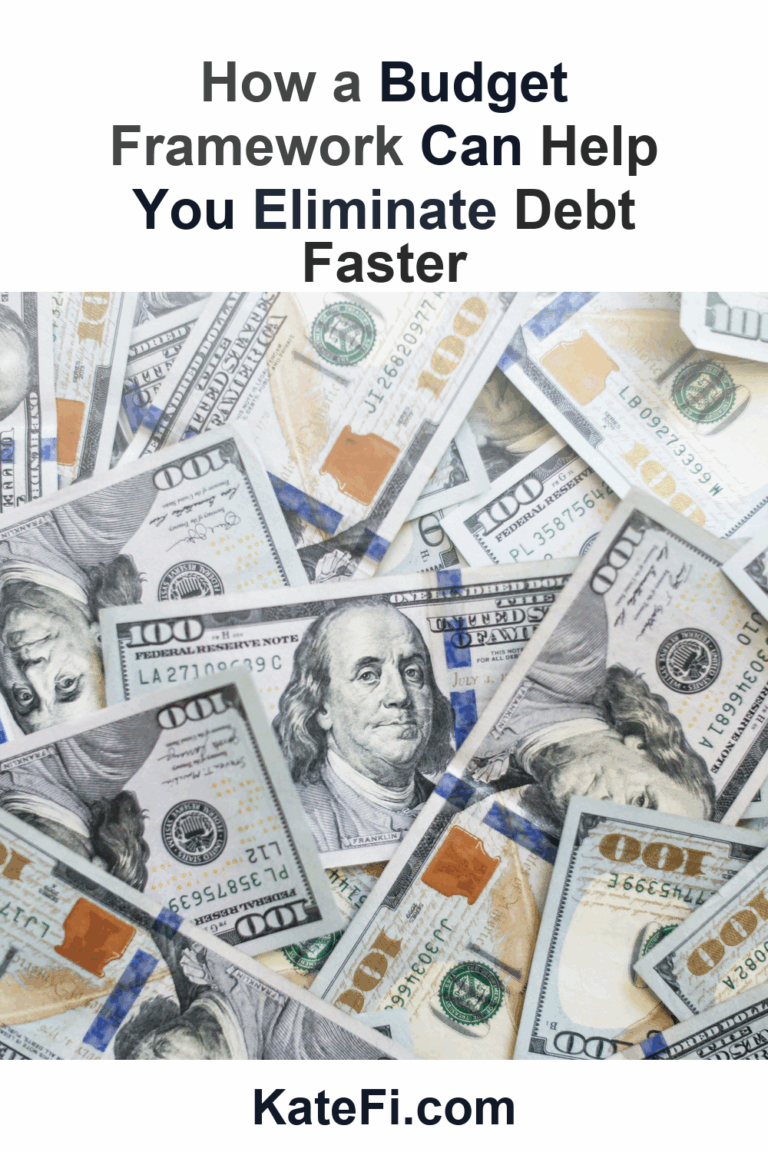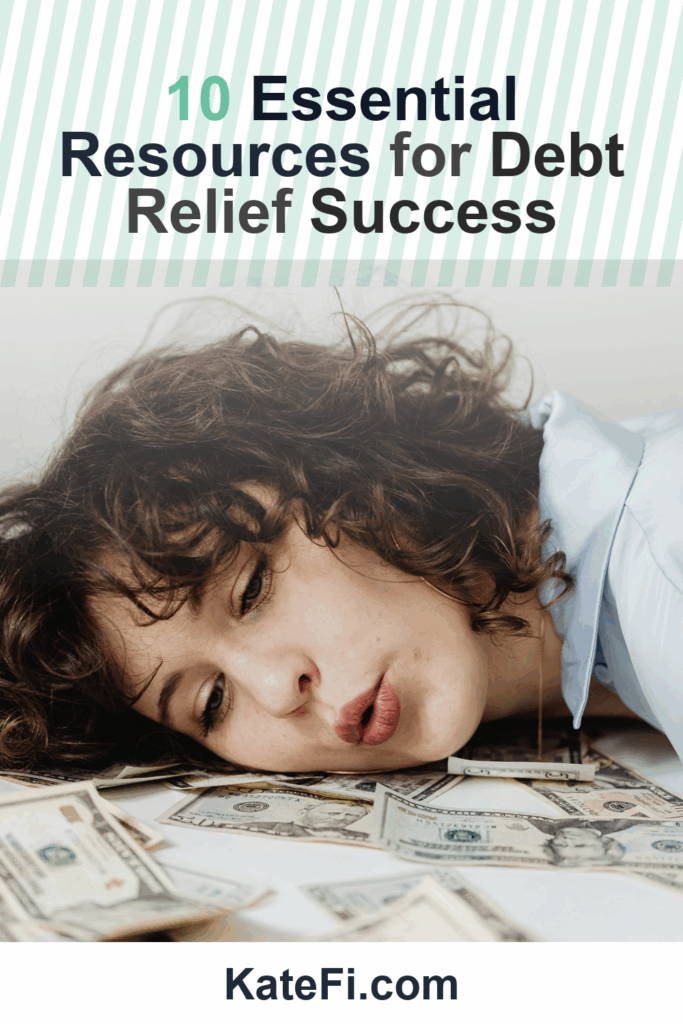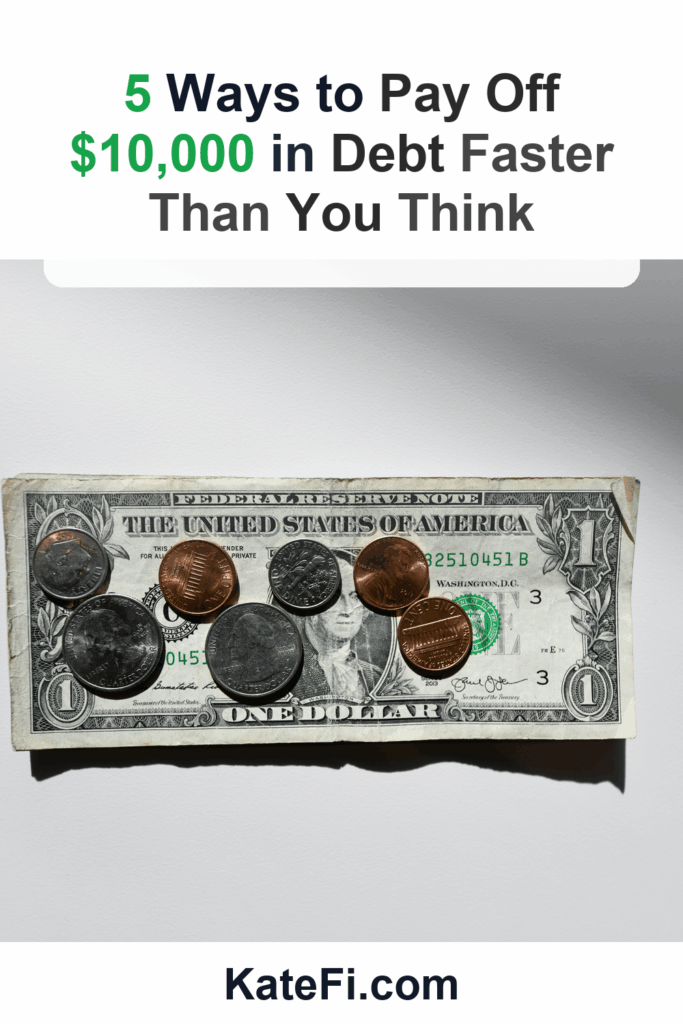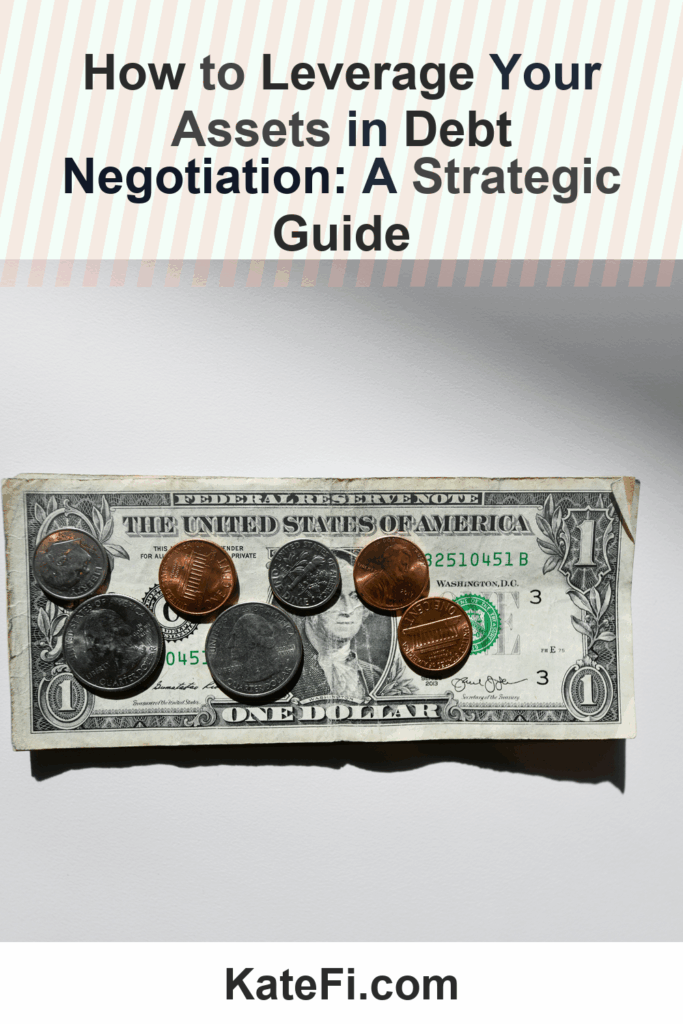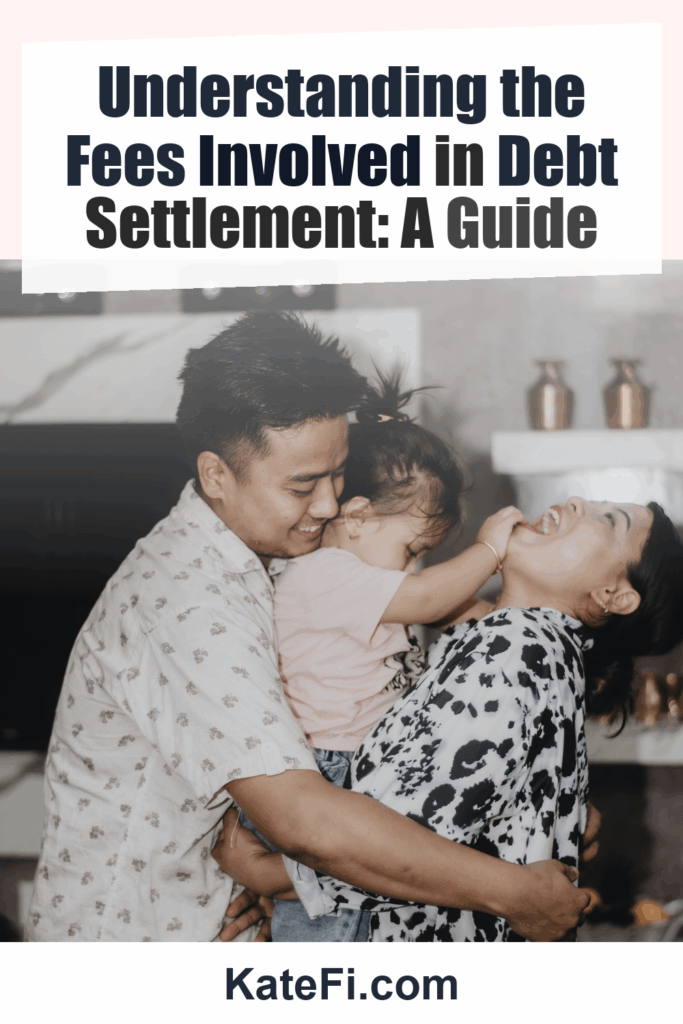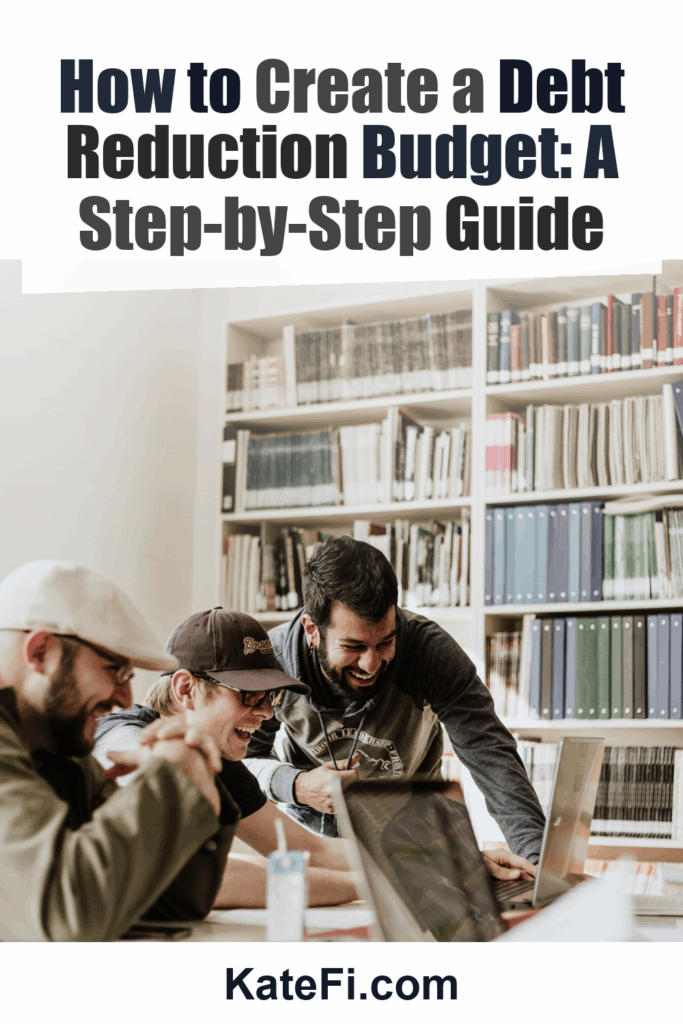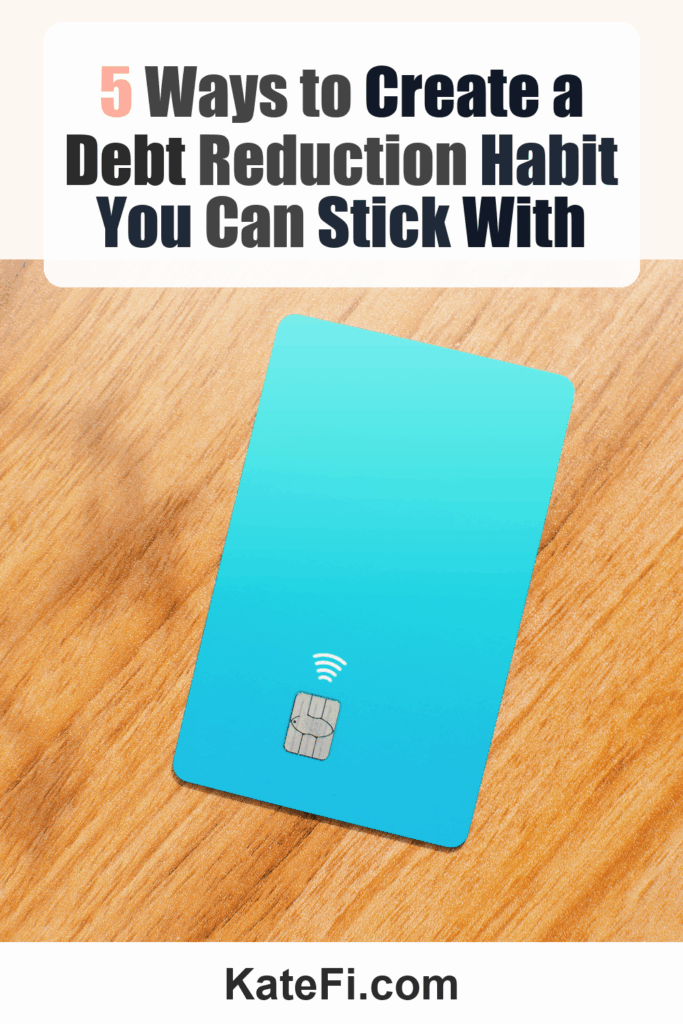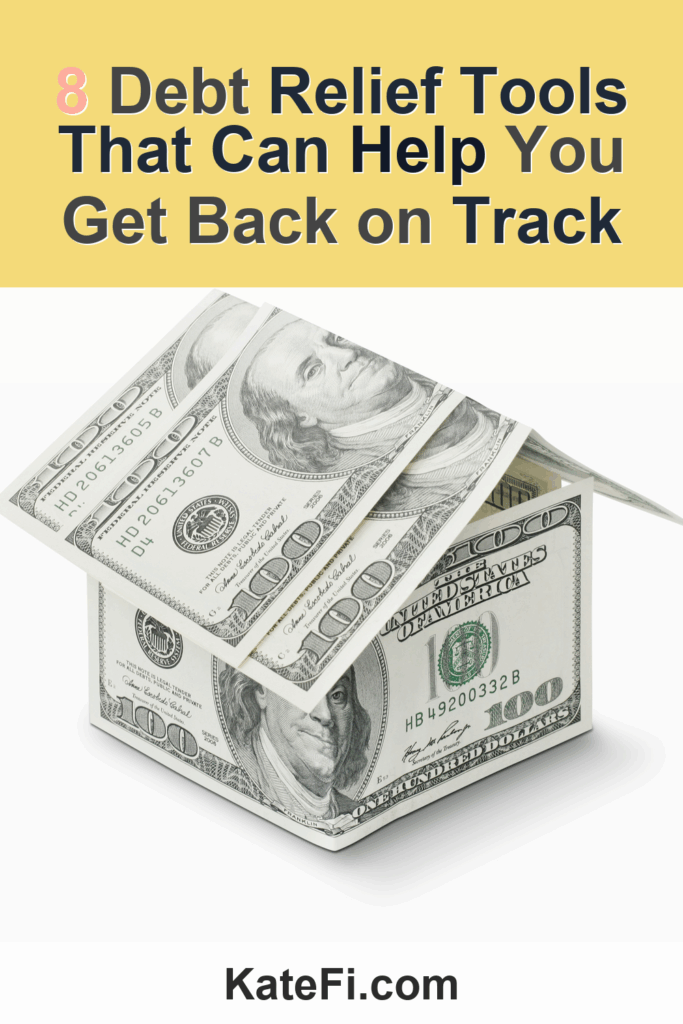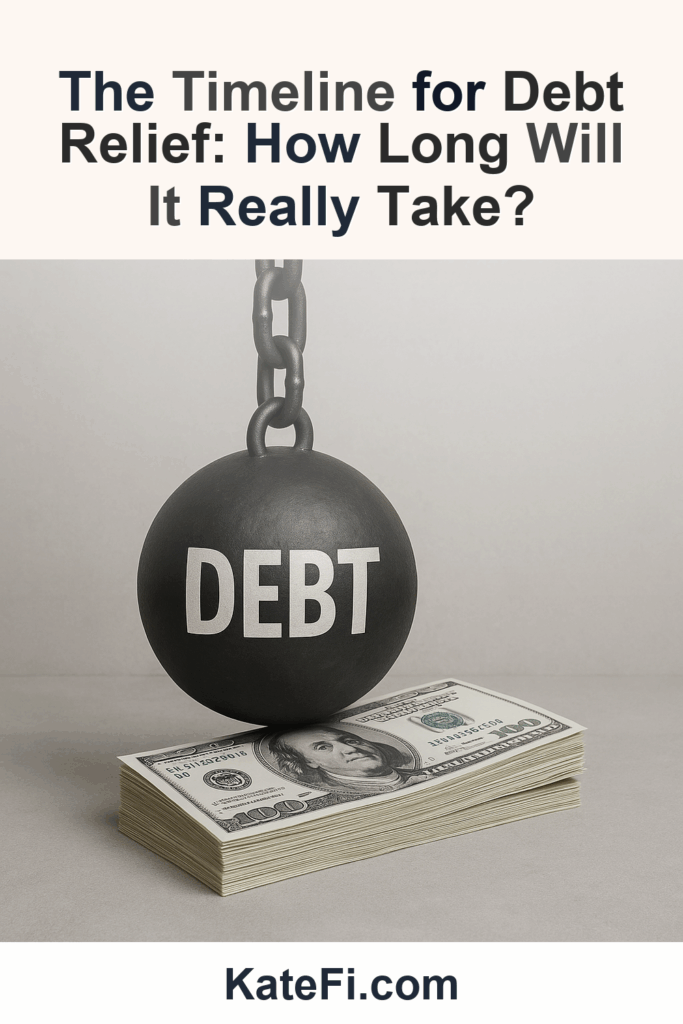What You’ll Learn on the Call
- Estimated timeline and monthly payment range
- How credit may be affected in the short term
- What documents to gather to move faster
Love our content? Show your support by following us — pretty please!🥺
FOLLOW ON PINTEREST
Hi! I’m Kate, the face behind KateFi.com—a blog all about making life easier and more affordable.
Not available in IL, KS, OR, TN, UT, WV.
How a Budget Framework Can Help You Eliminate Debt Faster
Managing debt can feel overwhelming, and it’s not uncommon to feel like you’re stuck in a never-ending cycle of payments. Fortunately, developing a structured budget framework can significantly accelerate your journey to financial freedom. In this article, we’ll explore how implementing a robust budget can not only help you eliminate debt faster but also mitigate the impacts on your credit score over time. We’ll compare the benefits and drawbacks of various budgeting strategies, delve into timelines, potential fees, and the short-term versus long-term effects on your credit score.
Understanding the Basics of a Budget Framework
Before diving into the intricacies of how a budget can impact your debt repayment strategy, it’s essential to establish what a budget framework entails. At its core, a budget is a plan that outlines how you will allocate your income to cover your expenses, savings, and debt repayments.
#### Key Components of a Successful Budget:
- Income Tracking: Know how much money you’re bringing in each month.
- Expense Categorization: List out fixed expenses (like rent/mortgage) and variable expenses (like groceries).
- Debt Assessment: Understand your total debt amount, interest rates, and minimum payments required.
- Savings Allocation: Include a portion of your income for emergencies to avoid falling back into debt.
Benefits of a Budget Framework
#### 1. Clear Visibility of Financial Situation
One of the primary advantages of a budget framework is that it gives you a clear picture of your financial situation. When you have visibility into your income and expenses, you’re better equipped to identify areas where you can cut back and allocate more toward debt repayment.
#### 2. Prioritization of Debt Payments
Using a budget allows you to prioritize which debts to tackle first. You may choose to focus on high-interest debts, which will save you money in the long run. This method, often referred to as the “avalanche method,” can help you eliminate debt faster.
#### 3. Encouragement of Savings
Having a budget can encourage you to create savings for unexpected expenses. Without a financial cushion, you may find yourself resorting to credit cards or loans in emergencies, which can create more debt.
The Trade-offs: Short-term vs. Long-term Credit Score Impact
A critical aspect of budgeting is understanding how it affects your credit score in both the short term and long term. Here’s how different budgeting strategies might impact your credit score:
#### Short-Term Impact
In the short term, if you are using aggressive debt repayment strategies—like the avalanche or snowball methods—you may see your credit score dip slightly. This is particularly true if you’re making minimum payments, missing payments, or if you opt for debt relief programs.
#### Long-Term Impact
In contrast, a well-structured budget aimed at consistent debt repayment will ultimately improve your credit score. Paying off debts on time, lowering your credit utilization ratio, and increasing your credit mix are all factors that contribute positively to your credit score.
Comparison of Budgeting Strategies
| Budgeting Strategy | Pros | Cons | Credit Impact |
|---|---|---|---|
| Zero-Based Budgeting | Maximizes every dollar, ensures full awareness | Can be complex and time-consuming | Positive long-term if managed well |
| Envelope System | Disciplines spending in each category | Not ideal for online transactions | Positive if it prevents overspending |
| 50/30/20 Rule | Simple and straightforward | May not account for variable income well | Good long-term impact with consistent repayment |
| Debt Snowball Method | Provides psychological wins as debts are paid off | Can be less cost-effective than avalanche method | Positive as debts are reduced |
Practical Checklists for Implementation
#### Step 1: Gather Essential Documents
To get started on your budget and understand your debt better, gather the following documents:
- Recent pay stubs
- Bank statements (last 2-3 months)
- Bills for fixed and variable expenses
- Credit card statements
- Loan agreements
#### Step 2: Create Your Budget
- Track Your Income: List all sources of income and total them.
- List Your Expenses: Divide into fixed (rent, insurance) and variable (groceries, entertainment).
- Calculate Your Debt Payments: Review monthly minimum payments required for each debt.
#### Step 3: Set Goals
- Short-term Goals: Pay off one small debt in the next 3 months.
- Long-term Goals: Aim to reduce total debt by 50% in one year.
#### Step 4: Adjust as Necessary
Budgeting is not a one-time effort. It’s essential to review and adjust your budget every month based on your actual spending and any changes in income.
The Role of Debt Relief Solutions
If you’re struggling to stick to your budget or feel overwhelmed by your debt, debt relief options could be a beneficial route. Programs like those offered through KateFi provide various solutions tailored to your specific needs.
CTA:
✅ See If You Qualify for Debt Relief
Final Thoughts on Budgeting and Debt Relief
Establishing a budget framework is a powerful tool in your financial toolkit. While there may be short-term impacts on your credit score during aggressive debt repayment, the long-term benefits are clear. You’ll find not only a clearer path to debt elimination but also an opportunity to enhance your credit standing in the process.
If you’re interested in exploring your options further, consider taking the first step toward financial freedom with a free consultation through KateFi. Our team is ready to help you navigate your unique financial situation and find the right solutions for you.
CTA:
✅ See If You Qualify for Debt Relief
Important Considerations
While budgeting is an effective strategy, it’s important to remember that results and eligible programs vary by situation and state. Be aware that debt relief can affect your credit, and missed payments may lead to collections or lawsuits. Always stay informed and make decisions that are in your best financial interest.
Important: This content is for education only—not legal, tax, or financial advice. Results and eligible programs vary by situation and state. Fees apply if you enroll and complete a program. Debt relief can affect credit; missed payments may lead to collections/lawsuits. Not available in IL, KS, OR, TN, UT, WV.
Now is the time to take control of your financial destiny. A budget framework combined with debt relief options can be your pathway to a brighter financial future.
Understand pros/cons of settlement vs consolidation vs DMP for your exact mix of debts.
Not available in IL, KS, OR, TN, UT, WV.

